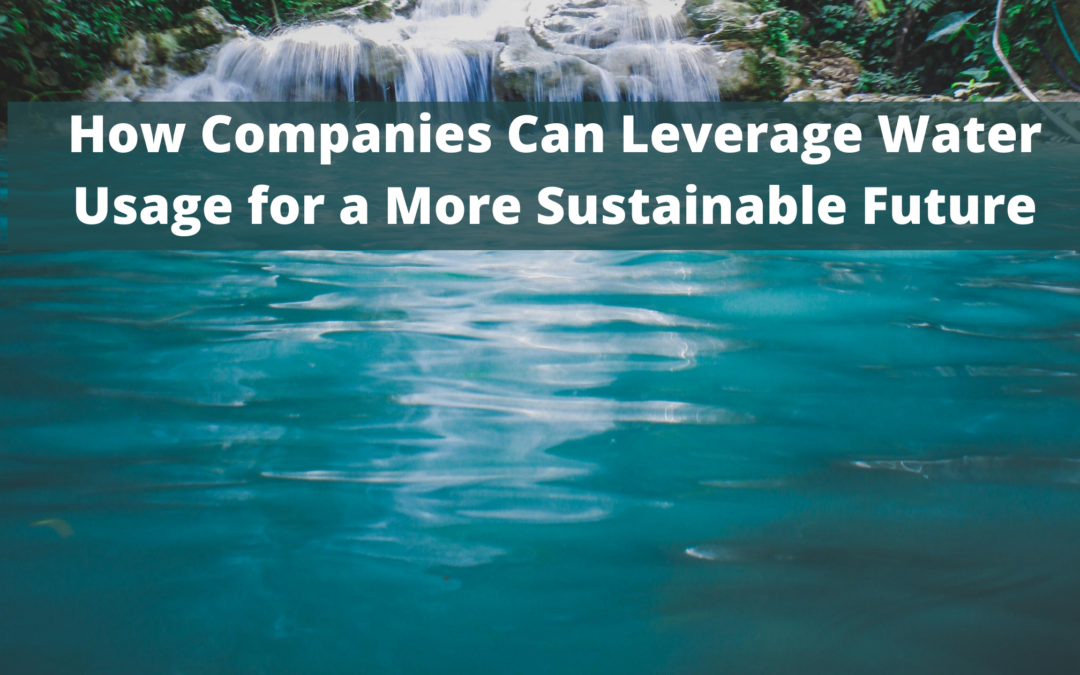This blue planet of ours may fool many into thinking that there’s enough water for all. The amount of water the Earth has on its surface is vast, but unfortunately, a significant percentage of it can’t be used in people’s daily lives. To put things into perspective, about 70% of the Earth is covered in water, yet only 2.5% of it is fresh. Still, only 1% of fresh water is easily accessible, and the rest is trapped in glaciers.
It’s no wonder that in the years to come, 66% of the population may suffer from a shortage of water. With a constantly growing population and the need to feed so many people, most clean water will end up in crops—so much so that by 2050, humanity will need 53% more water for agriculture to sustain the growing population.
But it’s not just the farming and meat industries that go through so much fresh water. There are others, such as the textile and garment, beverage, and automotive industries. And while water today is already considered scarce, there are ways to raise awareness in these industries to achieve a sustainable future.
What Can the Industries Do?
Even though the issue of water shortages is complicated, there are ways in which industries can leverage their use of water. Here’s how:
Raise Awareness
People are aware of water shortages on a global level, but many CEOs might be unaware of how much water their company uses and how it affects the surroundings and community. Raising awareness among a company’s C level, and following some positive examples, like those of Coca-Cola or Levi Strauss, can further encourage change in business plans and improve understanding about sustainability.
Include Stakeholders and Employees
Depending on the business, stakeholders might have enough power to bring change. Communicating with stakeholders and allowing them to state their opinion brings benefits to both sides and can lead to sustainable practices. Engaging with employees can enable them to contribute new ideas, create plans for improved sustainability, and decrease freshwater usage.

Set Goals
If there’s a will, there’s a way, and once the issues have been uncovered, goals must be set to implement new practices and seize opportunities. Unfortunately, no one size fits all, and businesses in different industries will have different goals and opportunities to change for the better. The important thing is that with some thought and research, both big and small companies alike can join forces and reduce overall water usage.
Track Progress
Once the right systems are in place, tracking progress can help businesses understand how they’re moving toward their set goals. This process also provides data, shows the areas where improvements are necessary, and makes internal and external communication easier.
Why Should Companies Bother?
If the threat of a major water shortage alone isn’t the best motivator, companies should consider other problems they might face if they don’t improve their systems. Businesses that ignore water issues might be faced with the following:
- Restricted access to capital
- Increased production costs
- Customer concerns
- Reputational risks
- Regulatory risks
Summary
Water shortage is a burning issue for humanity. Since it’s expected that the global population will rise, specific industries will be forced to use more water to support food production, the clothing industry, and even transportation.
Luckily, many enterprises have already turned to water-saving systems that enable them to produce their products and, at the same time, contribute to water sustainability. If other businesses, big and small, follow their examples, adopt the measures for their own use, and leverage water usage, humanity has a chance for a brighter future.
P.S: For more FREE online learning opportunities, Join the EAT FREE Community! Where you can make a little money, making the planet better!


Recent Comments